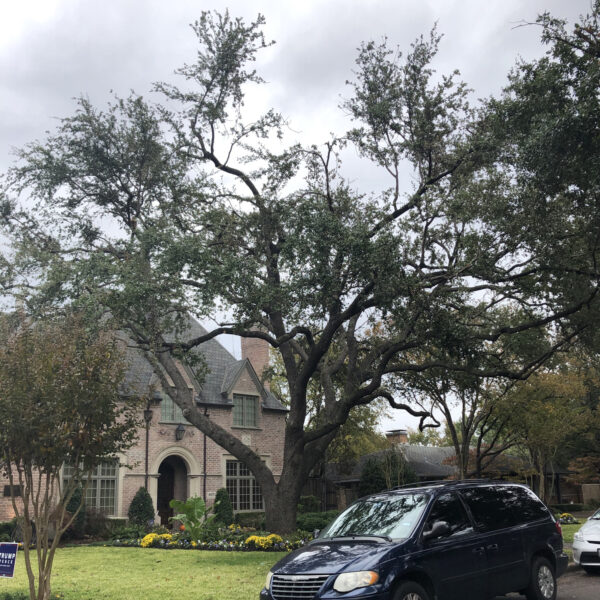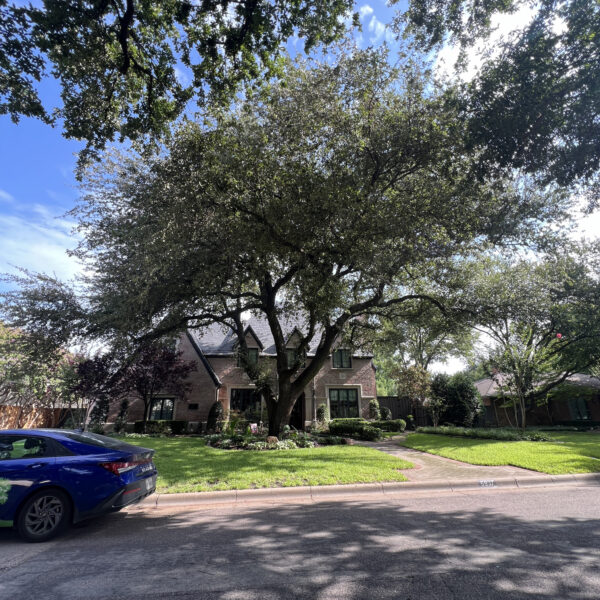
Fertilization
Our blends of nutrients and soil amendments are not simply designed to promote canopy growth but to strengthen and improve the overall health of the tree from the roots up, delivering healthier, greener, more aesthetically-pleasing trees and shrubs. Our uniquely developed mixtures promote stability and growth for trees efficiently and safely, without the worry of harmful chemicals that some companies use and can be damaging to the surrounding environment.
Our unique mixtures combine macro- and micro-nutrients, root growth stimulators, soil conditioners, beneficial biotics (both mycorrhizal fungi and rhizobacteria), and organic materials to cultivate the optimum natural growth environment.
Fertilization, Soil Application, and Deep Root Injection Services
Any tree located in either a residential or commercial landscape will benefit from fertilization. In other words, if your tree is not currently located inside of a forest, it will need help sourcing the nutrition necessary to thrive.
Fertilization services are critical for trees that:
- Have been affected by harsh environmental conditions such as heat and drought
- Are struggling to produce growth or recover from insects or disease
- Have been stunted by limited root space (i.e., parking lots, sidewalks, fencing)
- Have been affected or damaged by construction-related activities in the area
Fertilization services include:
- Soil conditioners that help break down heavily compacted soil
- Root stimulators delivered to promote more effective root systems
- A complete combination of balanced macro- and micro-nutrients – quantities are adjusted seasonally.
- Mycorrhizal fungi are naturally growing additions to the soil that form a symbiotic relationship with the tree’s existing natural root system to speed nutrient absorption, enhance the existing root system, and allow the tree to be more competitive
- Rhizosphere bacteria are beneficial bacteria that break down organic matter and promote nutrient absorption and tree immunity systems
- Nutrient application delivered 6-12 inches beneath the turf throughout the drip line to ensure balanced absorption and reduced turf competition
Tree Health Care
Photos documenting before and after tree health care plans were implemented.

STRESSED MAGNOLIA | AFTER
This after photo was taken June 27, 2024 of a magnolia tree after receiving multiple interventions to improve its health. In addition to a tree health care plan of a deep root fertilization with Biopack plus and Sea3 applied by our TDA licensed technician the owner also fixed the irrigation and cleared the root flare. The difference in health is beautiful.




















